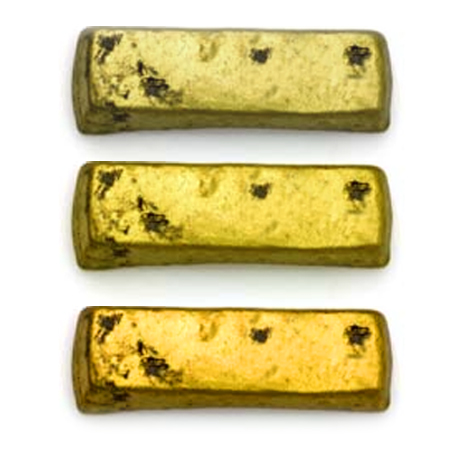Different Standards of Karats Based by Country or Region Pt2

At Timeless Wedding Bands, we understand the importance of your decision to choose your wedding ring. It’s a huge commitment to pick only one ring to display the love you and your partner share for the rest of your lives. There are several factors that influence your choice of wedding ring, but have you ever wondered if where you live affects the type of wedding ring you choose? As seen in Part 1 of this series, it makes a difference!
In a recent blog post, we went over the various standards of karats in North America, Asia, and Europe. If you are from or interested in finding out the karat standards of Africa, Australia, or South America, don’t worry! We’ve got you covered. Today we will share the wedding ring karat standards for these remaining continents and explore where these standards originated.
Africa
Archeologists believe that Egypt was the trendsetter when it comes to the modern wearing of wedding bands. In ancient African times, bone, hemp, ivory and leather were used to make wedding rings. After it had been discovered that rings could be made out of gold, it became a popular custom in Africa and around the world.
With a standard of 18 karats and a purity of 75%, the African ring symbolizes a wife’s claim for all the possessions of her husband. The Africans also took the lead in choosing the ring finger because it was the finger that held a special vein connected directly to the heart. This concept was passed down to other cultures, and centuries later, it was coined by the Latin term “vena amoris” or vein of love.
South America
While 24 karat gold is very rare, you do find some people in South America making and buying pure gold rings. The soft metal tends to bend or scratch a lot, but it is seen as a luxury. 18 karat gold is quite popular in South American jewelry.
In Argentina, the bride and groom are often given a gold chain from their parents or grandparents to make their new wedding ring from. Typically, both the bride and groom wear a thin, silver engagement ring. At the ceremony, the engagement rings are then replaced by the wedding rings.
While our focus in this blog is on the karat, it does seem that in South America a lot of focus is put on the quality of carat a ring has instead of its karat. Do you know the difference between the terms “carat” and “karat?” A carat is a unit of weight for diamonds and gemstones while a karat is an ancient unit used to measure the purity of gold. In South America, many soon-to-be-married couples focus on choosing rings that include gems, stones, or diamonds rather than luxurious gold.
Since the 1920s and in recent years, emerald wedding rings have been a trend throughout Colombia with carats ranging between 2.0 and 4.0. The fascinating and radiant gemstone is a popular choice to surround with elegant diamonds or a beautiful band.
As gender roles have changed over time in much of the world, they stand strong in Brazil. It has always been a tradition for Brazilian men to wear engagement rings to display their commitment of love. Diamonds can also be a man’s best friend as seen in Brazil from rings with .15-.20 carats around the band. It’s also a common practice in Chile for both men and women to receive engagement rings. These rings are worn on their right hands until they are blessed at the wedding and moved to the left.
Australia
The standard for gold karats in Australia ranges from 9 to 18 karats. Just like South America, Australians are known to opt for diamonds. Many prefer a high quality, smaller stone. Where’s the brilliance of a ring without an excellent, quality stone? Interestingly enough, some Aussies are known to go for larger synthetic diamonds and tend to proclaim loudly that they are fake. In Australia, it is common to be modest, and many would feel embarrassed if people thought they spent an incredible amount of money on a ring.
Still curious which standard of carat or karat is common throughout your specific region? Contact us today
Share This Page:












